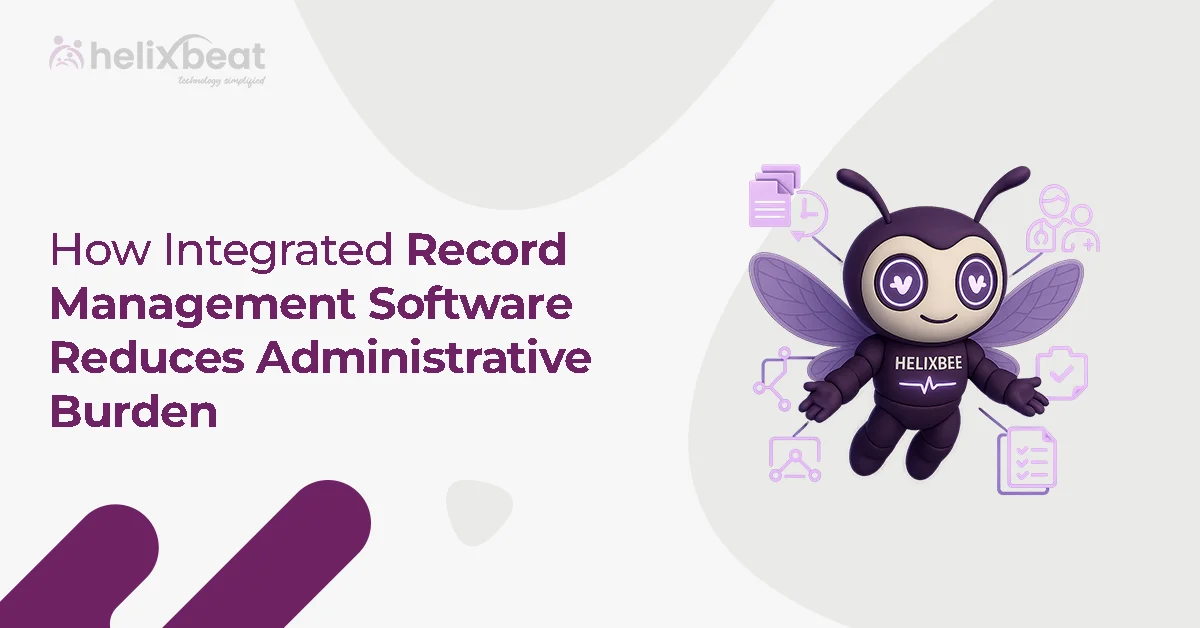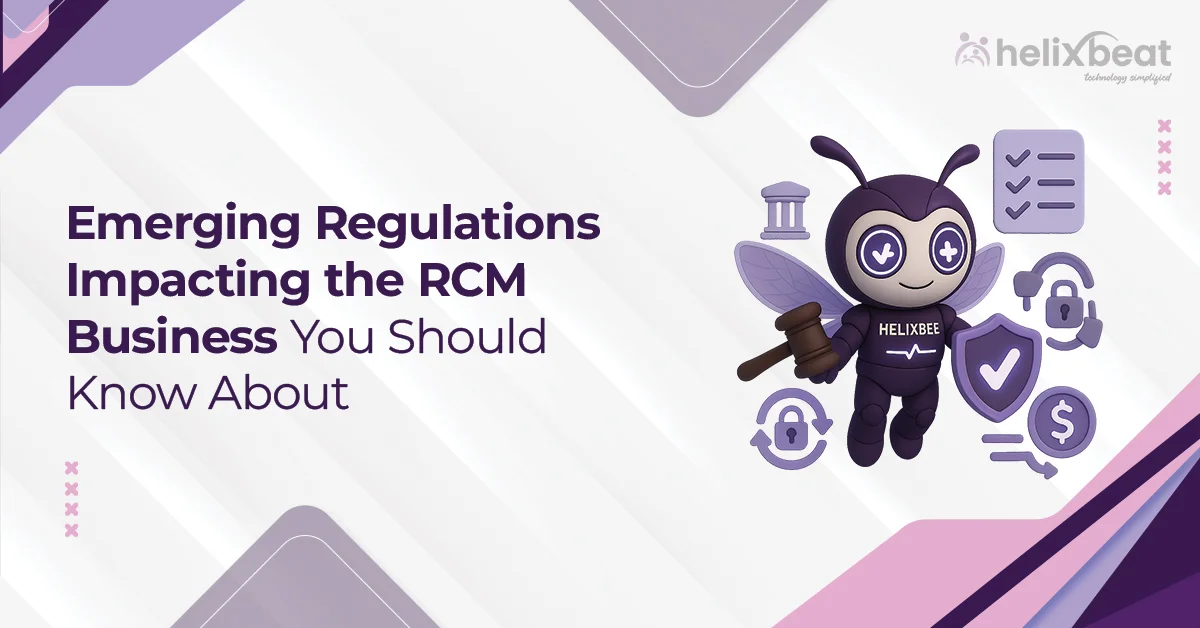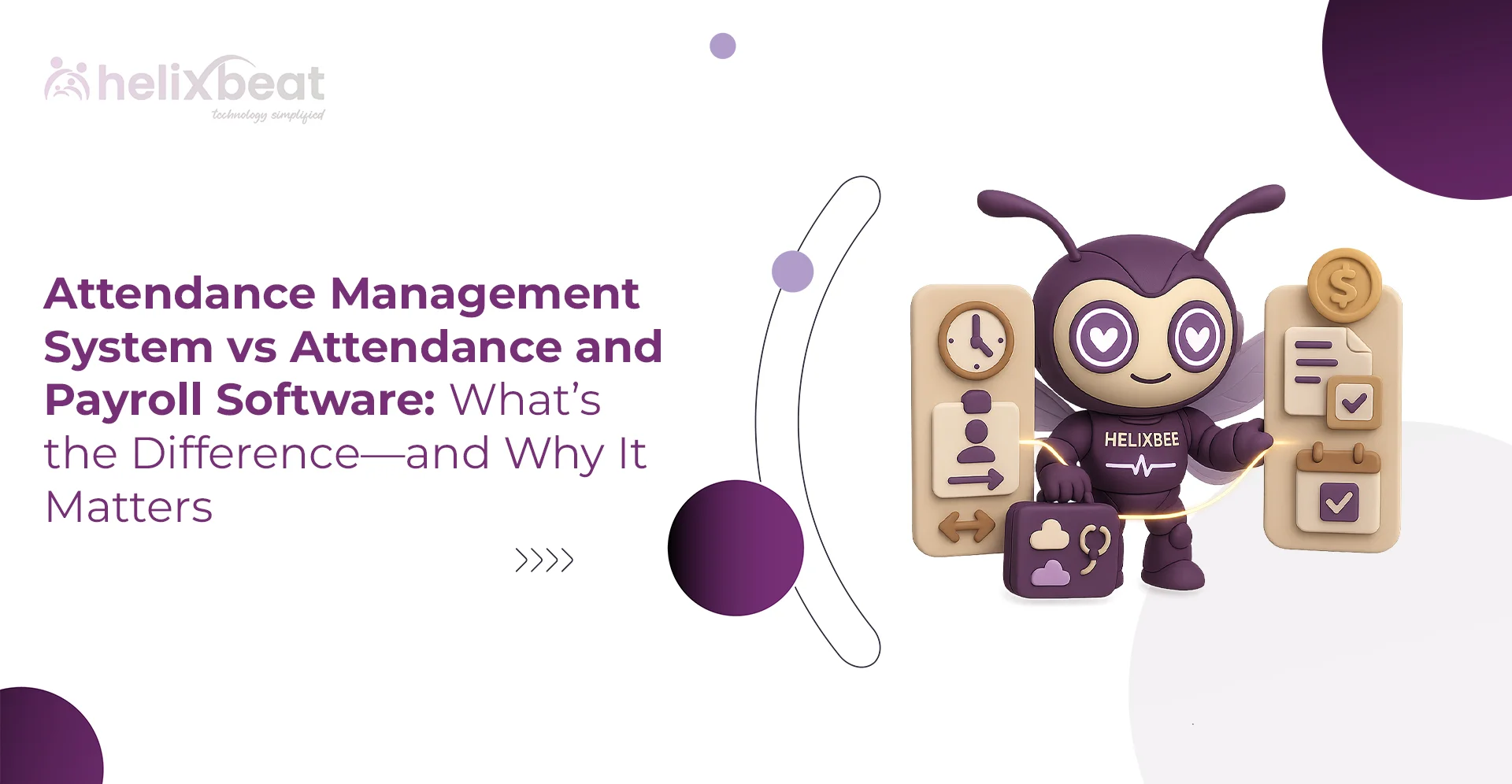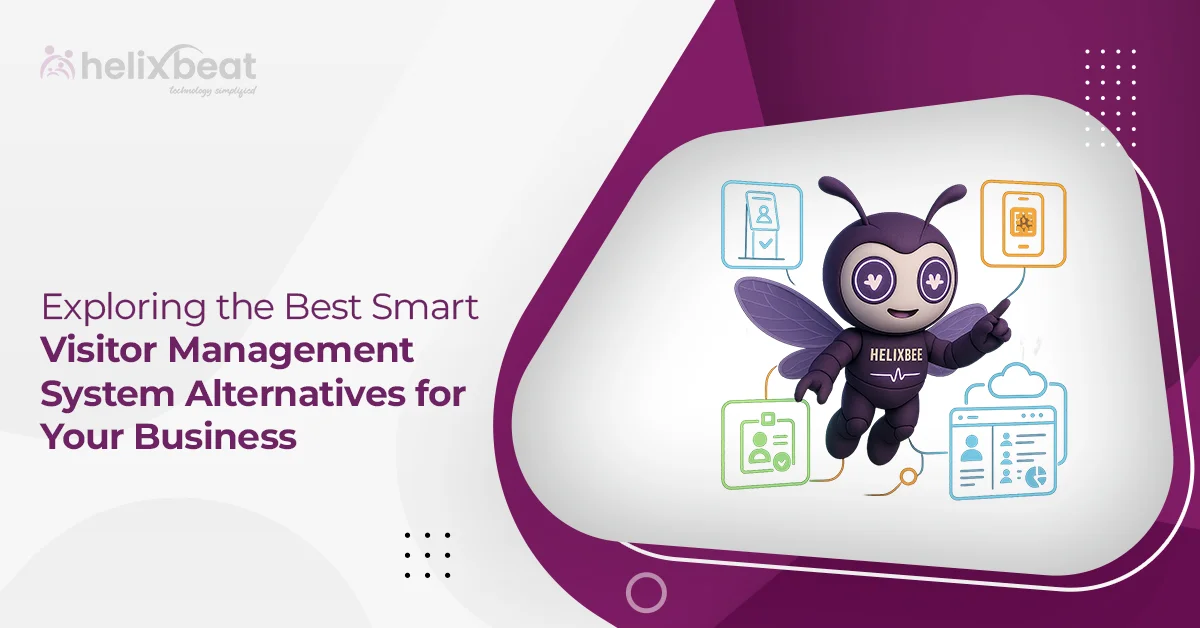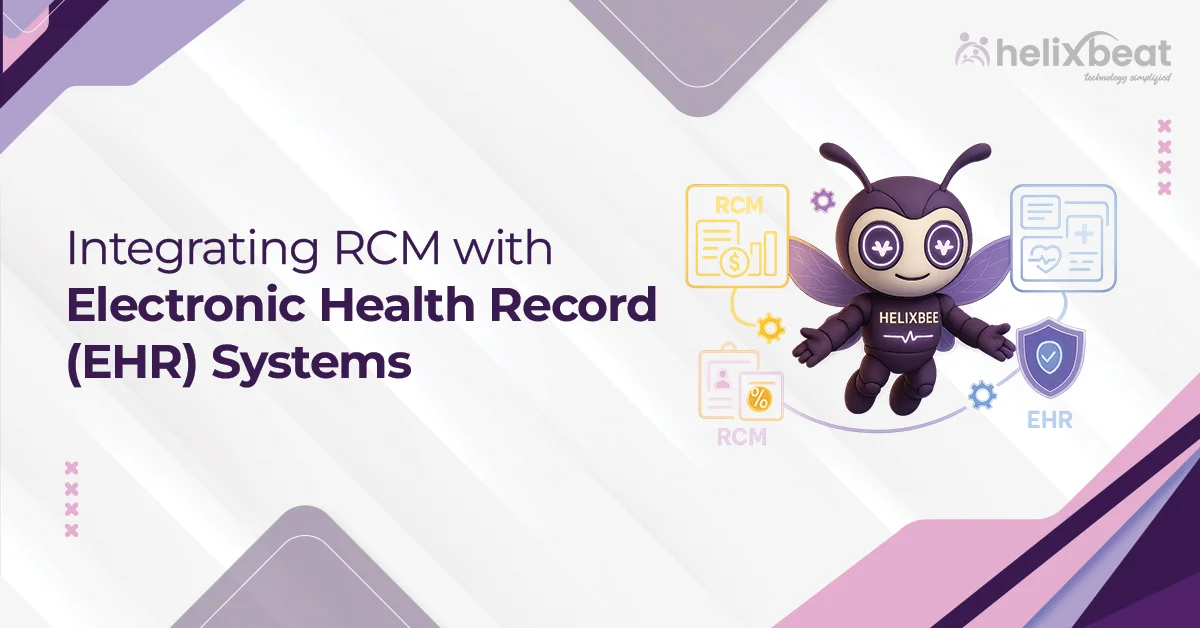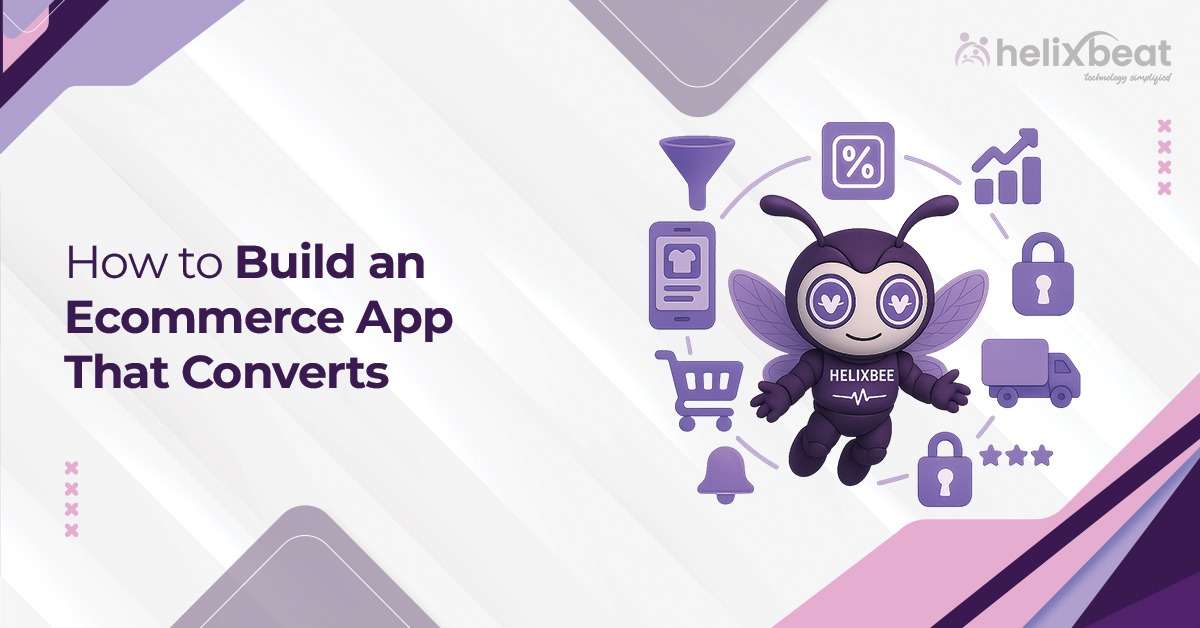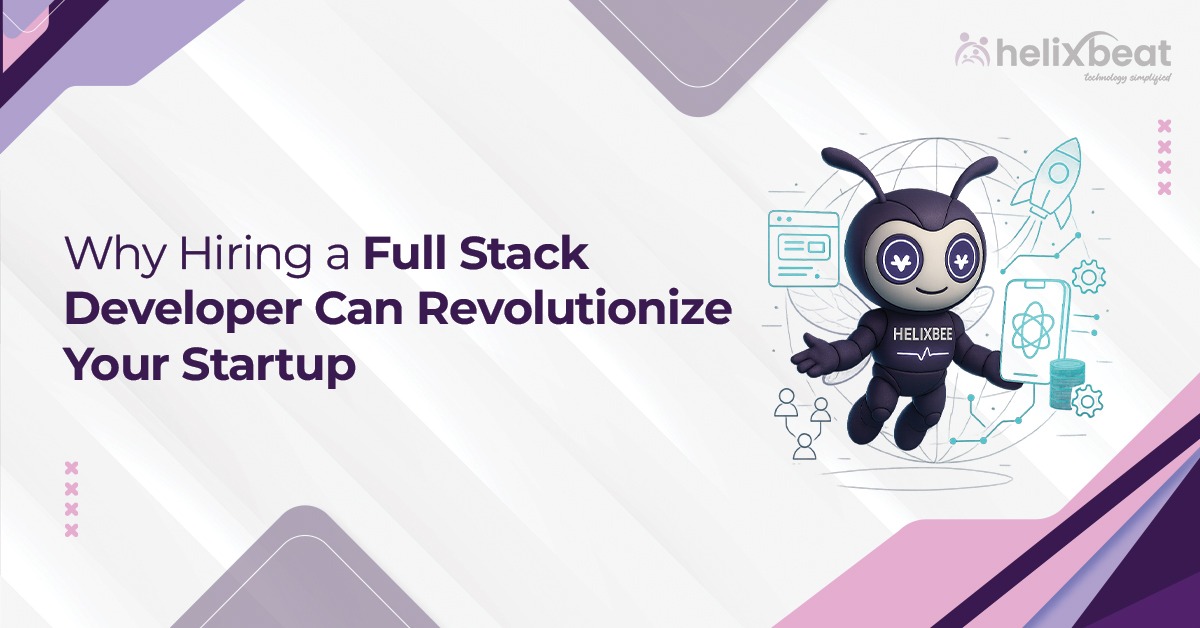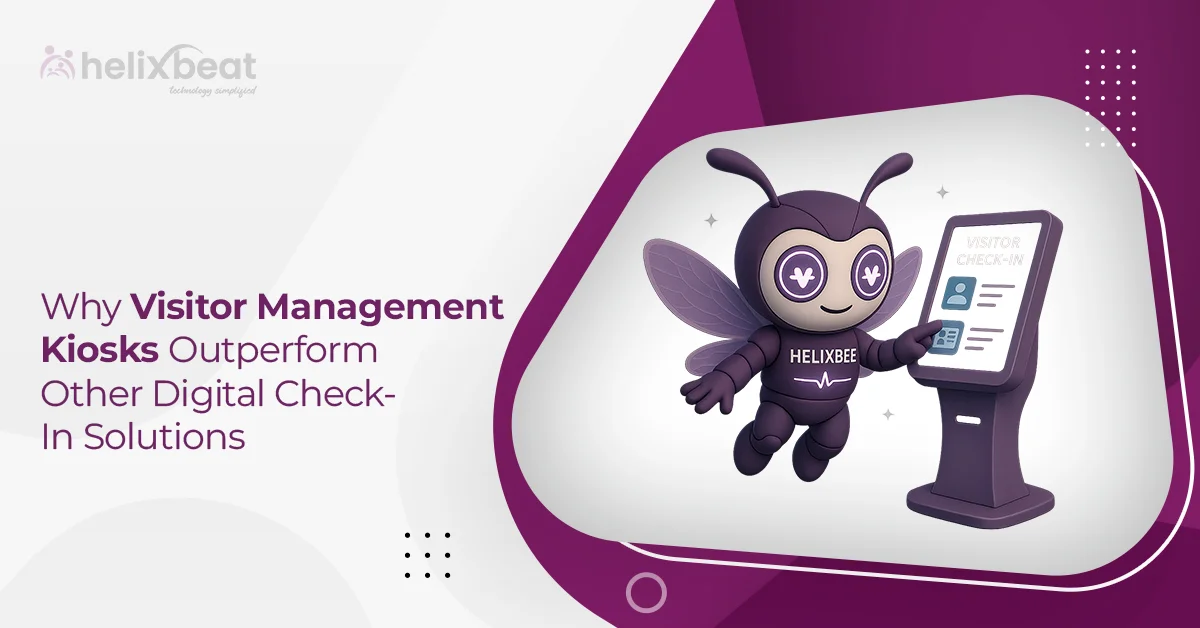Healthcare today is in the midst of a digital revolution. With the explosion of electronic health records (EHRs), patient portals, remote monitoring tools, and interoperability platforms, one truth remains constant—data is everything. But how this data moves between systems, platforms, and providers is where things get complicated.
That’s where healthcare data exchange protocols—FHIR, HL7 v2/v3, CDA, DICOM, and others come into play. While each of these protocols serves a specific function, the reality is that healthcare organizations often find themselves needing to support more than one protocol at a time. And this is where the economic debate heats up.
Table of Contents
The Data Protocol Landscape in Healthcare
Before dissecting the costs and performance aspects, let’s take a quick snapshot of the current protocol ecosystem:
- HL7 v2/v3: One of the oldest and most widely used standards, especially in hospital information systems.
- CDA (Clinical Document Architecture): Used for sharing documents like discharge summaries and continuity of care documents.
- FHIR (Fast Healthcare Interoperability Resources): The rising star. API-driven and ideal for mobile and cloud applications.
- DICOM (Digital Imaging and Communications in Medicine): Dominates the medical imaging world.
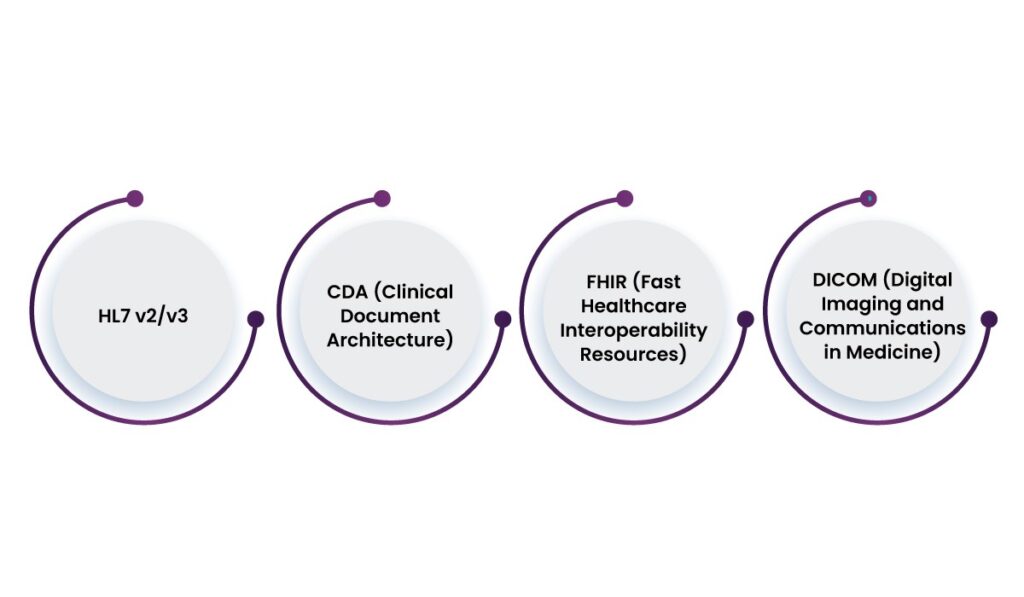
However, most healthcare systems today are a patchwork of legacy and modern systems. That means a hospital might use HL7 v2 for its internal communication or DICOM for imaging. And no, switching wholesale to a single standard isn’t always practical.
Why FHIR Adoption Is the Key to Reducing Multi-Protocol Chaos
Supporting multiple healthcare data standards—like HL7 v2, DICOM, and FHIR—might seem like a necessary evil, but the reality is that juggling multiple protocols doesn’t just slow you down—it eats into your budget. Here’s where the real costs show up, and how adopting a FHIR-based adaptive exchange interoperability solution like AERIS helps address these ongoing issues.
1. Development & Integration Expenses
Building or buying software to accommodate different protocols—HL7 v2, DICOM, CDA, and others—requires significant investment. Each system you integrate demands a custom interface, translation logic, and maintenance cycles.
That’s where AERIS changes the game. Instead of patching together custom adapters for each system, AERIS gives you a unified interface built around FHIR APIs. It simplifies integrations by providing a standardized structure for clinical data—meaning faster onboarding of new systems and fewer custom builds.
2. Infrastructure Overhead
Older protocols like HL7 v2 were designed for batch-based or message-oriented systems. Similarly, DICOM demands high storage and bandwidth. As a result, supporting multiple data exchange methods leads to bloated infrastructure, with different server stacks, network configurations, and redundancy requirements.
In contrast, since AERIS is API-driven and cloud-native, it works seamlessly with older data standards. Therefore, systems can talk to each other in real-time using lightweight, scalable RESTful APIs, which minimizes the need for multiple environments and reduces overall hardware and bandwidth costs.
3. Maintenance and Support
Every protocol you support has its own update cycles, bug fixes, and compliance changes. Keeping up with changes across HL7, FHIR, and DICOM means higher IT overhead and more time spent troubleshooting where one format doesn’t “click” with another.
However, adopting AERIS creates a single source of truth. As a result, updates become more manageable, as you’re primarily working within a single, well-documented framework. It also reduces the likelihood of miscommunication between systems, resulting in smoother operations and fewer escalations.
4. Training and Staffing
Multiple standards mean your teams must be fluent in each—often requiring separate training sessions, certifications, and toolsets. That’s a big ask in an already talent-strapped industry.
However, centralizing around AERIS reduces that learning curve. With a single standard driving data exchange, your teams can specialize in FHIR workflows, tools, and best practices. This promotes efficiency, accelerates onboarding for new staff, and makes cross-functional collaboration easier.
5. Compliance & Security
Each protocol brings its own security models and audit requirements. HL7 v2 may use secure sockets, while FHIR leverages modern API security practices like OAuth 2.0. Therefore, managing and aligning these approaches across systems adds complexity—and risk.
AERIS simplifies compliance across the board. Built with modern web security in mind, it incorporates robust access controls, role-based permissions, and real-time audit logging—all natively. This unified approach minimizes gaps and simplifies governance.
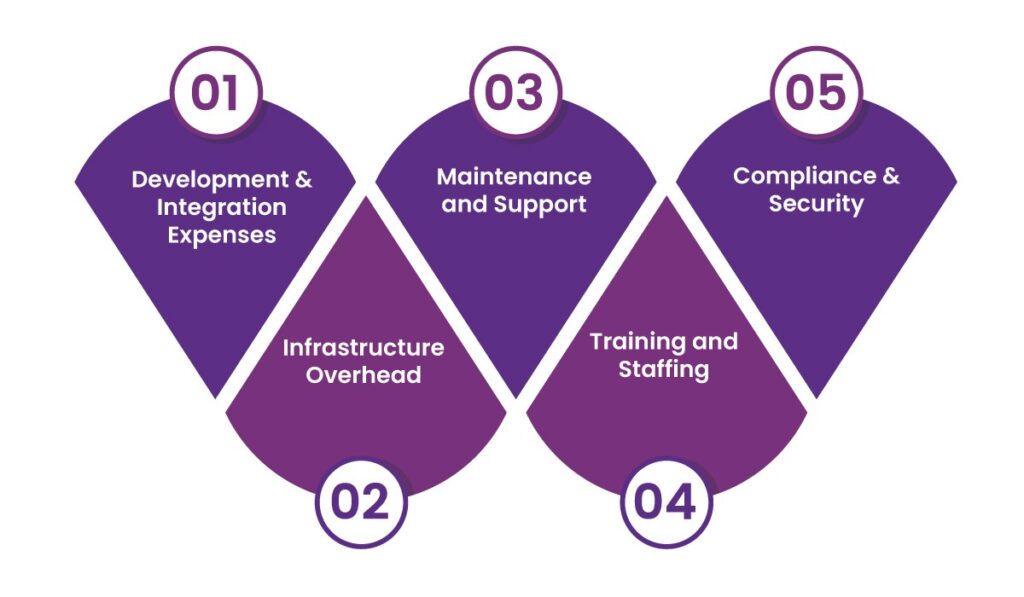
What About Performance?
Now, let’s shift focus. What do you gain from supporting multiple protocols? Is the investment worth it?
1. Broader Interoperability
Being multi-lingual in healthcare data means you can communicate with more partners faster. This directly translates to better patient coordination, improved clinical decisions, and higher patient satisfaction.
2. Future-Proofing
By adopting AERIS, you don’t get locked into a single format. This approach helps your organization to transition over time rather than undergoing an expensive “big bang” transformation.
3. Scalability
Because of its API-first design, AERIS makes it easier to scale services across multiple departments. So, while you may still rely on HL7 internally, the FHIR-based platform can help extend your services to third-party apps, insurance partners, and even patients.
4. Competitive Advantage
Organizations that support multiple protocols are often more attractive to partners. Whether it’s a digital health startup looking for integration, or a regional health network forming an HIE, being “plug-and-play” across protocols gives you an edge.
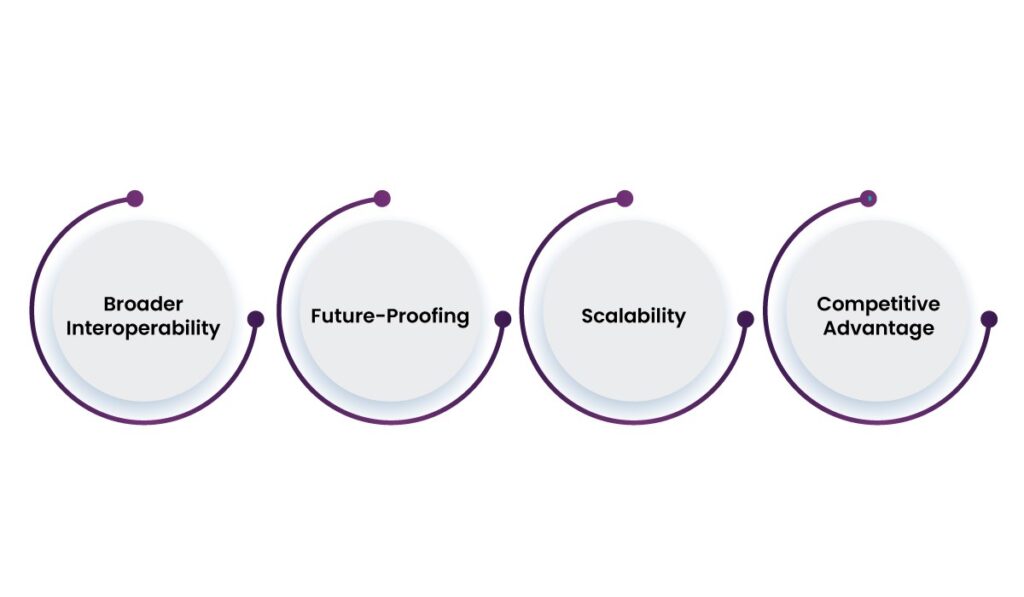
Final Thoughts
As healthcare systems strive to deliver better patient outcomes and embrace digital transformation, the pressure to support multiple data exchange protocols becomes both a technical and financial challenge. The more systems you juggle, the more resources you divert away from innovation and care delivery.
AERIS offers a smarter path forward. By unifying disparate protocols under a FHIR-based framework, it simplifies integrations, reduces infrastructure overhead, and brings consistency to compliance, support, and training. Rather than wrestling with complexity, healthcare organizations can focus on what really matters—delivering seamless, connected, and high-quality care.
Ready to simplify your interoperability strategy and cut hidden costs? Explore how AERIS can help your healthcare ecosystem run smarter and more efficiently.
FAQs
1. What are the main healthcare data exchange protocols used today?
The key protocols include HL7 v2/v3, CDA (Clinical Document Architecture), FHIR (Fast Healthcare Interoperability Resources), and DICOM (Digital Imaging and Communications in Medicine). Each serves specific needs in healthcare data exchange.
2. Why do healthcare organizations need to support multiple protocols?
Most healthcare systems operate with a mix of legacy and modern technologies. Supporting multiple protocols allows them to maintain communication between diverse systems and partner networks.
3. What is FHIR, and why is it gaining popularity?
FHIR is a modern, API-driven standard that makes it easier to exchange healthcare data across platforms, particularly for cloud and mobile applications. Its modular approach simplifies integration and scalability.
4. How does AERIS reduce development and integration expenses?
AERIS offers a unified FHIR-based interface, which eliminates the need for custom adapters and separate translation logic for each protocol, thus speeding up onboarding and reducing complexity.
5. Can AERIS work with legacy protocols like HL7 v2 and DICOM?
Yes, AERIS is designed to integrate with both legacy and modern protocols. It acts as a bridge, allowing real-time communication through RESTful APIs without overhauling existing systems.
6. What role does AERIS play in regulatory compliance and security?
AERIS includes modern security features such as role-based access, OAuth 2.0, and real-time audit logging. These tools simplify adherence to compliance requirements across different systems.
7. Is it still valuable to support multiple protocols if using AERIS?
Yes, AERIS doesn’t eliminate legacy standards but helps manage them more efficiently. It offers flexibility and future-readiness while reducing the economic burden of multi-protocol support.





